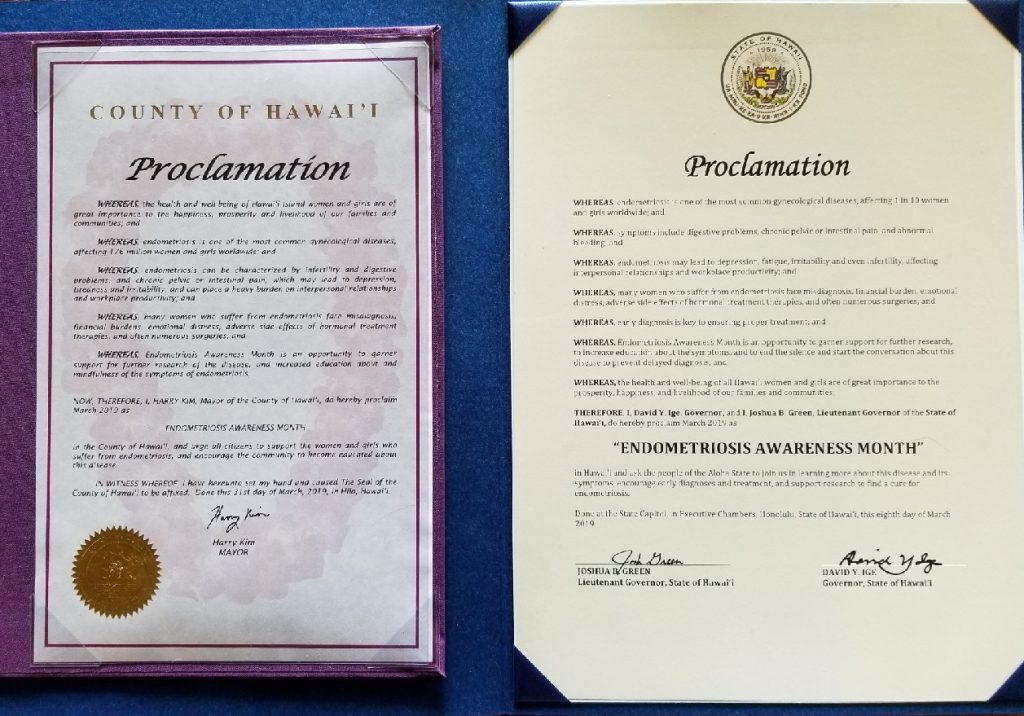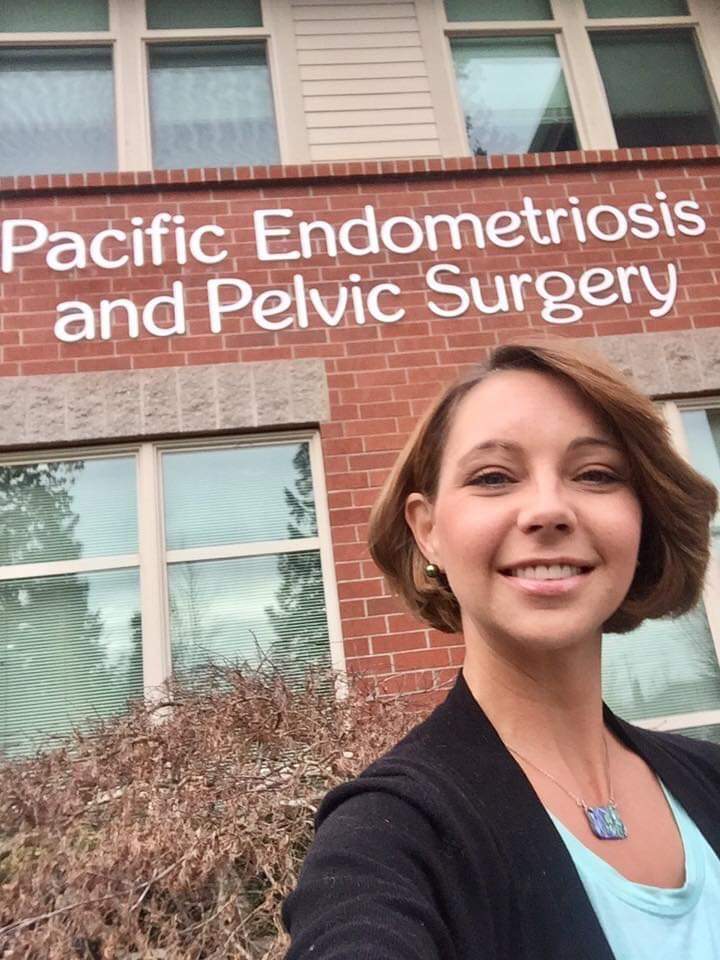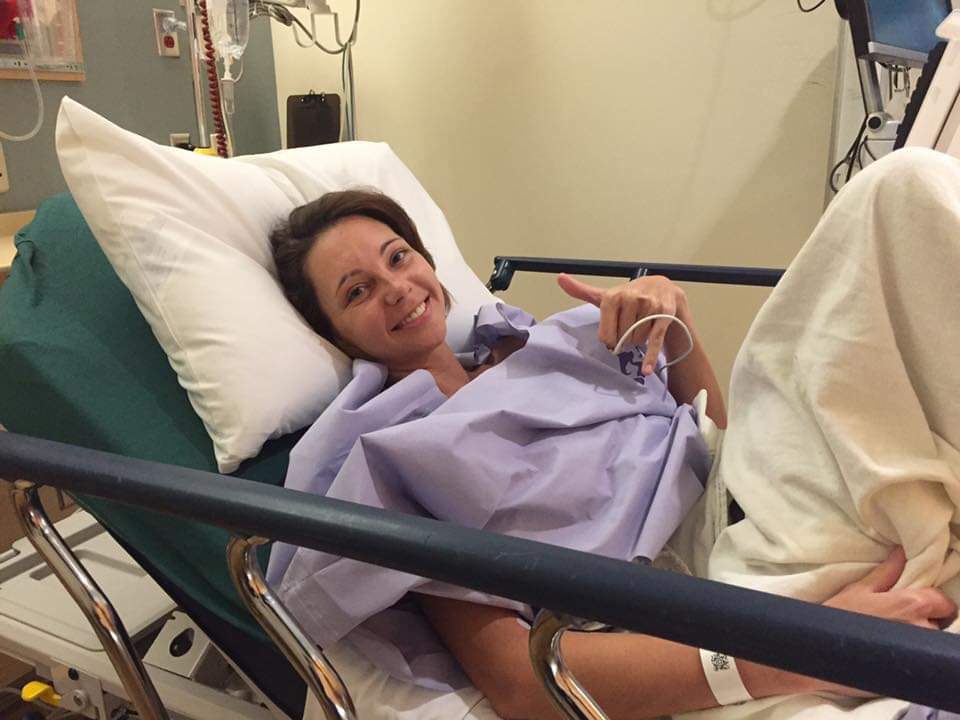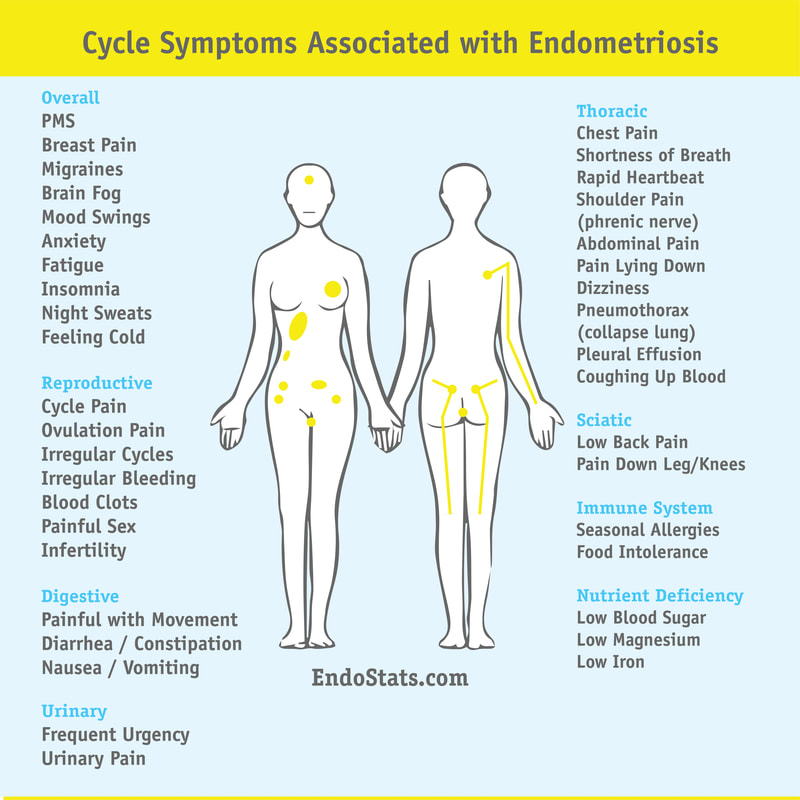March Declared Endometriosis Awareness Month
Hawai‘i Gov. David Ige and Hawai‘i Island Mayor Harry Kim declared March Endometriosis Awareness Month in 2019.
There are approximately 9,000 women living on Hawai‘i Island with endometriosis, a condition that impacts one in 10 women and girls.

Hawai‘i Gov. David Ige and Hawai‘i Island Mayor Harry Kim declared March 2019 Endometriosis Awareness Month. PC: Crystal Richard
That means 70,000 women and girls in the State of Hawai‘i have the incurable disease although they just may not know it—diagnosis is often a difficult process.
Endometriosis is a chronic disease that can cause incapacitating pain, organ failure, infertility and other severe medical problems.
The disease is clinically defined as histologically confirmed presence of endometrial-like tissue outside of the uterus.
Endometriosis can spread and cause damage to many organs and tissue beyond the reproductive system, including the bladder, kidneys, appendix, bowels, diaphragm, nerves, muscles and even lungs.
For many, diagnosing and treating endometriosis can be a long and frustrating journey.
On average, it takes seven to 10 years to get diagnosed due to the lack of education, lack of awareness and out-of-date medical practices and ideology.
According to the Endometriosis Foundation of America, endometriosis affects women mostly in their reproductive years (25 to 35 years old), which are arguably their most productive years, and can even affect those in their youth starting as early as age 11.
Kona resident and Endo Advocate Kimberly McCoy said her endometriosis symptoms began at age 13.
McCoy considers herself lucky because she was diagnosed at 16 years old. Since diagnosis, she says she has undergone nearly every available treatment for endo.
“In the beginning, it was birth control pills, switching them up every six months to a year,” she said. “I was lucky enough to have a doctor that recognized it may be endometriosis and I had my first laparoscopic surgery diagnosing me with endo at 16. It was really hard at 16 to hear you have an incurable lifelong suffering disease.”
She tried Lupron for eight months, which put her body through menopause while she was in high school.
“The next 10 years are a blur of hormone treatments; a second round of Lupron, more BC pills, yoga, Chinese herbs, acupuncture, meditation, pain pills, pelvic floor therapy, trigger point injections, counseling and a surgery every year,” McCoy explained.
“When I was 26, I had a complete hysterectomy of what was left of my reproductive organs, plus my appendix,” McCoy said. “Then I had an ovarian remnant grow, bringing along tons more endo.”
She had to undergo her 12th surgery to remove the new endo tissue two years ago. Due to the lack of doctors able to treat McCoy on the island or in the state, she traveled to Washington for this recent excision surgery.
Despite its high prevalence, endometriosis research remains underfunded, which greatly limits the understanding of the disease, as well as diagnostic and treatment options.
McCoy said endometriosis awareness is needed because “so many people have no idea what endometriosis is when I talk about it or tell them I have it. Even doctors don’t know enough about the disease. It’s completely unacceptable that the average length for diagnosis is 7 to 10 years! There are so many women and girls suffering for too many years.”

Kona resident and Endo Advocate Kimberly McCoy seeking treatment for her endometriosis at Pacific Endometriosis and Pelvic Surgery in Washington State, 2017. Courtesy photo
Not only are diagnosis and treatment of endo complicated but its cause and cure are still unknown.
In 2015, endometriosis was recognized as one of the top 15 diseases most commonly misdiagnosed by doctors.
Sixty-eight percent of women with endometriosis were initially misdiagnosed with another condition.
Complicating matters, symptoms of endo vary widely from patient to patient with no two cases being the same.
In addition, endo can only be diagnosed through laparoscopic surgery.
Dr. Andrew Cook, an endometriosis specialist at Vital Health Institute in California, describes endometriosis as being similar to having tens or hundreds of excruciatingly painful blisters covering the inside of the pelvis.
“Grinding fatigue as severe as that experienced as with advanced cancer is present in most cases,” said Dr. Andrew Cook of Vital Health Institute.
The National Health Service classifies endometriosis as one of the top 20 most painful conditions.
“In this tragic situation, she [the patient with endometriosis] is effectively held prisoner and tortured by her own body in broad daylight, with no one who fully understands her situation or who can effectively help her,” explained Dr. Cook.
This disease not only wreaks havoc on the patient’s body, but affects nearly every aspect of her life.
In the U.S. alone, endometriosis costs an estimated $119 billion in medical costs and economic loss.
When asked how this disease has impacted her life, McCoy said, “Well, it has been affecting every aspect of my life since I was 13 years old—from self-esteem, missing school and work, ruining and growing stronger relationships with family, friends and spouses. My credit has been wrecked, my finances have always been messed up and all my money goes to medical bills every month. I have never been able to plan a future. And not to mention my health is completely ruined. I have so much permanent damage, I will always have to take supplements and pills every day the rest of my life. Lastly, I will never get better, I am only ever going to get worse and have subsequent health issues from this horrible disease. Trying to have goals in life and healthy relationships like this are almost impossible.”

Big Island resident Kimberly McCoy before surgery No. 12 with Dr. Cindy Mosbrucker, a world-renowned endometriosis excision specialist, using robotic excision at Pacific Endometriosis and Pelvic Surgery in Gig Harbor, Washington. Courtesy photo
Endo treatment experiences like McCoy’s are common and can be very frustrating.
Often, the approach to treating endo includes birth control pills, Lupron, pregnancy or surgery.
Lupron was designed to treat prostate cancer but has also been used on women with endometriosis.
Both birth control and Lupron are used to suppress the disease, but many women and doctors report the negative lasting side effects often outweigh the treatment benefits.
Many endometriosis specialists believe none of these treatments adequately address the disease. Arguably, excision surgery performed by a true endometriosis specialist is the gold standard of care.
During excision surgery, lesions are removed. This requires a skilled surgeon.
Most doctors perform ablation surgery, which burns endometriosis but does not remove it, possibly spreading remnant cells.
“The hardest aspect of endo is feeling physically horrible all of the time and people not understanding that,” said McCoy. “Second to that is there is no adequate treatment today.”
Many women report relief from the Endo Diet, which aims to decrease painful symptoms and possible worsening of growths.
“This is a very lonely and debilitating disease and extremely hard to deal with if you don’t have any outside support,” explained McCoy. “We really have to be our own health advocates. Listen to your body; we know when we need help. Don’t let anyone else discourage you or tell you ‘It’s all in your head.’ Look at your diet, alternative therapies and medications, as well as counseling. Always do excision surgery over ablation surgery. You will save yourself years of agony.”
Endometriosis Awareness aims to spread the message that early diagnosis is key. Awareness among teens is critical to ensuring diagnosis in the earliest stage possible. If diagnosed early on and proper treatment provided, the disease can possibly be halted before reaching a damaging stage.
“I know I will never be completely free from the disease and that anytime it may come back,” said McCoy. “I suffer also from permanent damage to my adrenals, nerves and organs that I will always have to treat and deal with. This disease has robbed me of so many good years, even though I am appreciative of all my experiences as they have made me stronger and the woman I am today.”
If you have severe pelvic pain, abnormal bleeding or painful menstrual cycles, start an open dialogue with your doctor about your symptoms and ask for a referral to a true endometriosis specialist.
For more information on endometriosis and gold standard treatment go online.
For support or to participate in March 2020 Endo Awareness Efforts, email hawaiiendometriosisawareness@gmail.com.
EDITOR’S NOTE: Article author Crystal Richard began her effort to have endometriosis recognized by the State of Hawai‘i on Feb. 27, 2019. Endometriosis Awareness Month proclamations from the governor and mayor go into effect on March 31, 2019.







